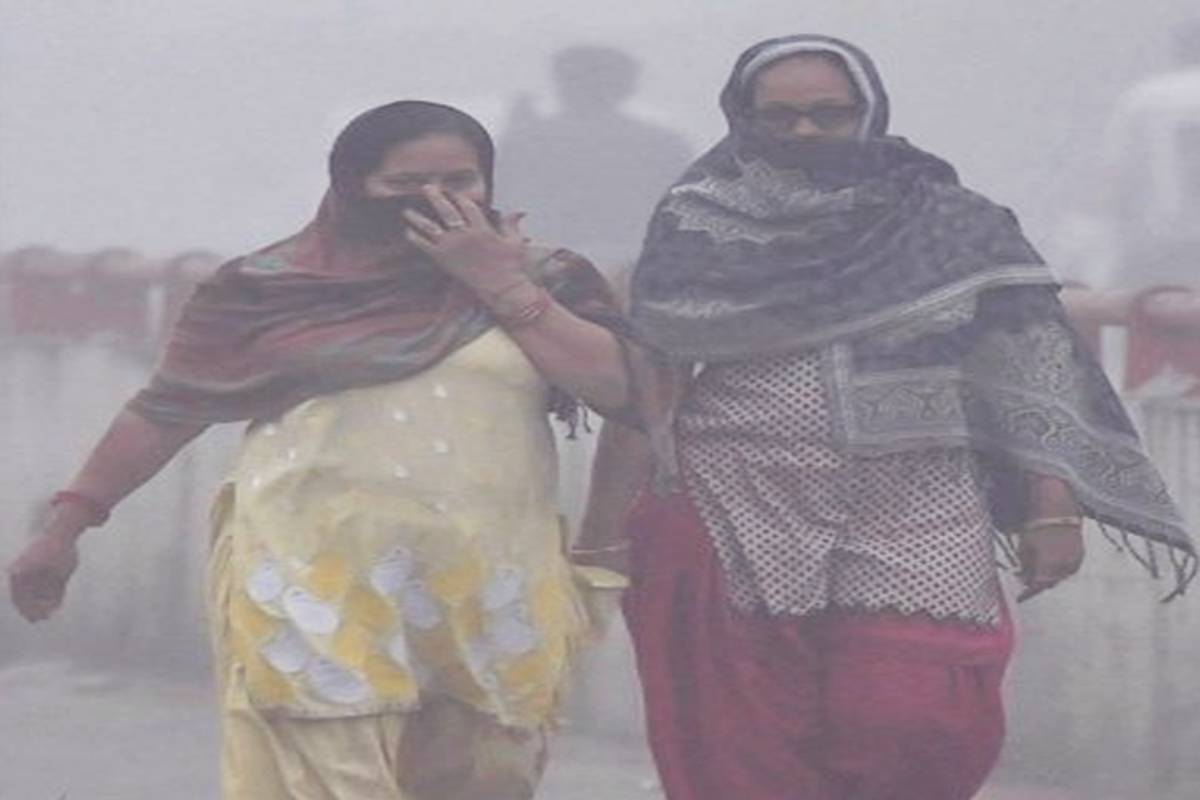Most cities in Maharashtra and Gujarat indicated a rising trend in annual PM2.5 levels with a drop through 2020 (during lockdowns) followed by a rebound and a rising trend visible in 2021, an analysis by the Centre for Science & Environment (CSE) said on Wednesday.
Stating that the air pollution is rapidly becoming a matter of concern in the two western states, the new analysis of regional air pollution levels said cities in Gujarat are more polluted than those in Maharashtra.
Advertisement
The analysis covered 56 continuous ambient air quality monitoring stations (CAAQMS) spread across 15 cities in the two states.
Gujarat’s Vatva and Ankleshwar have the most polluted air in the region with the 2021 average of PM2.5 at 67 microgram per metre cube. This is followed by Vapi and Ahmedabad with 2021 annual averages at 54 and 53 microgram per metre cube, respectively.
In Maharashtra, Chandrapur, an industrial city, has recorded levels marginally above the annual standard at 43 microgram per metre cube. Other stations have met the annual standard though all of them showed a rising trend in 2021 after the dip in 2020.
Despite low annual levels, cities in Maharashtra experienced a high number of days with ‘poor’ and ‘very poor’ AQI compared to Gujarat.
With 102 days of poor and very poor AQI, Ankleshwar in Gujarat had the unhealthiest days in the region, followed by Kalyan (84 days), Vatva (75 days), and Navi Mumbai (54 days).
Vapi had 48 days of poor and very poor AQI — but its data is missing for 138 days (mainly for the winter months). Mumbai registered 42 days of poor and very poor AQI despite meeting the annual standard.
Levels during high weekly pollution episodes in winter can be more than double the annual concentration in several cities. During the worst weekly pollution episodes in winter, the PM2.5 concentrations can increase significantly higher than the annual PM2.5 average — about two times higher in several cities.
“This analysis of real-time air quality data for the period 2019-2021 shows that the downward dip in pollution that was induced by the lockdown phases of the pandemic in 2020 is changing. Pollution levels are threatening to bounce back. In many cases, the levels are even higher than in 2019. This underscores the urgency of scaling up action across all sectors to prevent further worsening and to arrest the trend in this region,” said Anumita Roychowdhury, Executive Director, Research and Advocacy, CSE.
However, this data has a challenge of data gaps and quality despite automation. Review of data availability from the automated monitoring stations in the region under the CAAQMS programme of CPCB shows major data gaps. Data availability calculated as the number of days with adequate PM2.5 data for computation of a valid 24-hour average has been low in five of the 12 cities in the region, the CSE analysis showed.
